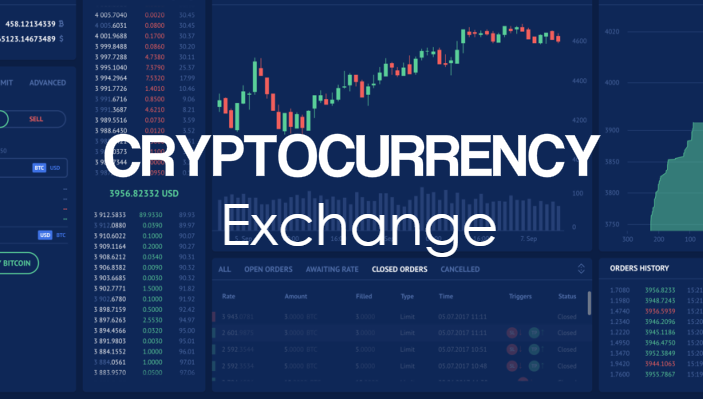Arbitrage is the process of buying and selling money, precious metals, bonds and stocks in order to take advantage of price differences
What Is Arbitrage?
Wikipedia has defined arbitrage as “buying and selling money, precious metals, bonds and stocks in order to take advantage of price differences.”
What Is Arbitrage?
You can’t buy a value that you trade on conventional stock exchanges, i.e. stock, commodity and futures exchanges, on the X exchange and sell it on the Y exchange. For example, you can’t buy shares of the same company that are traded on the NASDAQ and Hong Kong Exchanges from one exchange and sell them on the other. Because conventional exchanges are essentially a separate ecosystem, each in itself. The entry and exit of these exchanges is usually done with the currency of the countries in which the exchanges are located and are subject to regulations. For example, you can login with TL for BIST and be subject to CMB regulations, USD for NASDAQ etc.…
Arbitrage In Bitcoin And Cryptocurrencies
However, in and out of cryptocurrency exchanges are not just local currencies. Usually, all cryptocurrencies traded on a stock exchange can be entered and exited. For example, the stock market named Binance, which has frequently announced its name in recent years, allows trading for more than 200 cryptocurrencies.
Bitfinex, Bitstamp, Liqui, although not as much as Binance, Cex.io as such, exchanges allow trading between multiple cryptocurrencies, they basically allow arbitrage. In summary, arbitrage in crypto-values is the process of selling a cryptocurrency you receive from the X exchange on the Y exchange to take advantage of the price difference and gain.
Example Of Arbitrage
For example, as of now Bitstamp BTC/USD is $14.900, Cex.io at $15,772. An investor who was able to send $1,000 to Bitstamp with a rough account and buy Bitcoin, Cex.io he can transfer it to and sell it for $1,058. In this case, it could generate a USD gain of about 5.8%. (03.01.2018 -22.18)
Arbitrage Computing
Another example is BTC / ETH. As of now, while Binance is ETH / BTC 0.062 Cex.io it is traded at 0.061. If investor, with Bitcoin Cex.io if there is a chance to buy Ethereum from and sell it in Binance, it could have a 1.6% chance of winning. These figures may seem to meet the commission rates on the exchanges, but there is often a chance of arbitrage between the exchanges around 0.1-2%. (03.01.2018 – 22.20)
Markets vs Bitstamp Cex.io it does not always yield margins as high as 5%, as in the example. Arbitrage opportunities of 4-5% and above are usually seen on days when market mobility is fast up or down. But margins of between 0.1% and 2% are very often occurring and catchable odds, especially in BTC / altcoin parities. This requires strict follow-up.
Making Money From Arbitrage
An average investor can generate an instant 0.5-2% gain by evaluating these opportunities. It can deliver high returns to the fund it holds in the medium-to-long term. What is important here is that strict follow-up is required. For this reason, some initiatives help investors. Sites like Bitcoin-analytics, for example, offer investors arbitrage opportunities across many exchanges. There is also a good example of excel on the 99Bitcoins site that you can use for arbitrage calculations. With this excel, you can write down the stock market commission rates and calculate the probability of net earnings in case of capturing the parity difference.
As a result, by arbitrage, investors may have the opportunity to arbitrage between 0.1% and 2%, perhaps not every day but at least 2-3 times a month. This requires a strict follow-up, a good plan and strategy. These figures can rise to high figures, especially in high-volume transactions. However, an important issue may be difficulties in making arbitrage with very high numbers. If it is thought that a figure such as 1-2% is targeted for arbitrage, the sums that may affect the price in both directions in sudden sales and purchases may not provide the desired performance. Therefore, a fund size must be calculated according to the volumes of cryptocurrencies to be traded and the exchanges to be traded.
Arbitrage Tax
On the other hand the conventional banking system offers monthly interest of between 1-2% for USD. In light of this, it can be quite efficient to have a 1% arbitrage opportunity even 1 time per week on a USD basis. Obviously it’s not known what the price of crypto-values is, where the market value goes. It would probably be much better if the advantages it offers, such as arbitrage for investors, could be talked about instead of these questions. Arbitrage deals captured on a USD basis can be taxed in traditional markets as with other assets.
As Levent Kurt writes, we hear about those who take out loans and enter the cryptocurrency markets, which is very good if the price always rises, but if it doesn’t, it may be a bad end not only for these individuals, but for their families and maybe even thousands of them in the banking system. Always cautious, there is benefit in entering crypto-values markets with figures whose losses are bearable when Lost and being aware of the advantages it offers, not just the price. As we have always stated, none of this should be perceived as investment advice.




